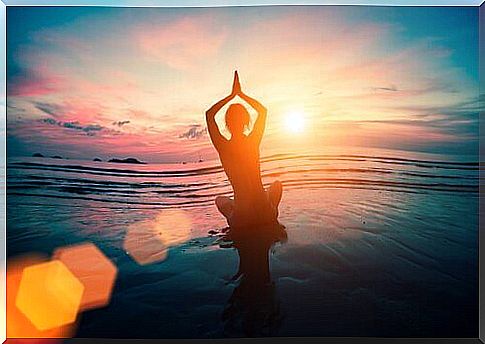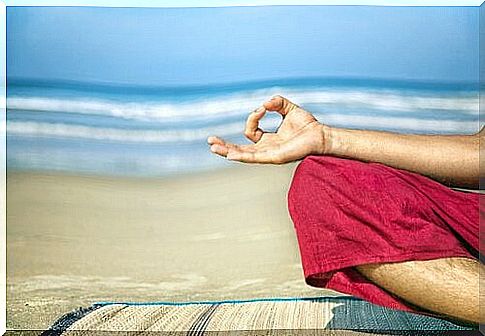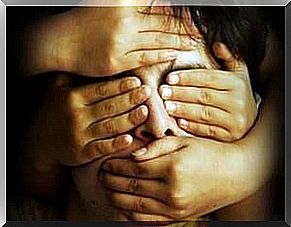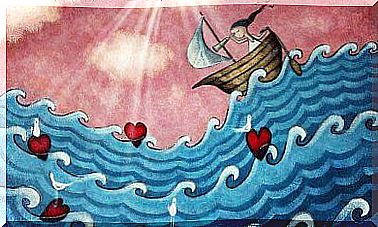The 4 Paths Of Yoga

Yoga is an ancient oriental technique that, nowadays, is practiced in the West almost like any other sport practice. However, for an integral development, it is recommended to follow the 4 paths of yoga.
Currently we can find classes in specialized centers or gyms, or even combined with other sports practices, such as Pilates. However, if what we are looking for is an ideal yoga practice, we must follow a series of guidelines taking into account that in its practice there are two equally important components: the physical and the mental.
These 4 paths of yoga stimulate our development on different planes: action, spirituality, wisdom and mental and physical control.
Karma yoga, the first of the paths of yoga
This is called “action yoga.” It is based, as its name indicates, on the conscious action of the practitioner. It is associated with aspects such as attitude, duty, motivation and renunciation.
The main objective of the first of the 4 paths of yoga is religious devotion. The individual must unconditionally surrender to what he believes, leaving aside hypotheses about the result. Thus, it illustrates a maxim: the path is much more important than the destination, and in it one must fulfill the dharma or religious duty.
The karma , meaning action, must have a destination God, so that it produces the moksha (liberation).

There are different ways to understand this type of yoga, although they all lead to disinterested work (which may or may not be material). The result of this work will be correct, regardless of whether it is useful or not depending on the person’s degree of devotion.
Bhakti yoga, the second path of yoga
This type of yoga is related to spirituality. In it, the relationship between God and the person who believes is relevant. This relationship is established by reciting the name of God in the form of a mantra. Devotees also achieve this relationship through the singing of hymns, including symbols. Another important part is the pilgrimage to religious places.
All these actions would bring a person closer to his divinity and would translate into relationships of any kind. Therefore, some consider this type of yoga as a religious and non-religious discipline at the same time. Establishing a relationship with God through bhakti yoga can mean becoming a friend of the deity while creating a duty to it.
Jñāna yoga, the third path of yoga
This is the aspect that considers wisdom or absolute knowledge to be the most adequate way to approach God. In this discipline, there is a discernment between the material and the immaterial, between what is real and what is not. Controlling the senses and impulses is also practiced as proof of wisdom. The renunciation of pleasure and concentration are equally fundamental.
Followers of this doctrine must take full control of their emotions, their sensory experiences, and dedicate their existence to knowledge. This is part of your devotion to God.

Raja yoga, the fourth way
The last of the 4 paths of yoga is raja yoga . This doctrine considers mental and physical control as a fundamental element as a method to approach God. Your doctrine is not very clear. Hence, it was often confused or mixed with other types of yoga. Among the types of yoga that relate to this doctrine is hatha yoga , one of the most widespread yoga methods in the world, based on asanas or postures.
The practice of raja yoga in many cases involves meditation. To practice this type, it is necessary to look for a quiet place in which, sitting, the individual can focus on the present and distance himself from outside noise. Upon reaching a state of mental peace, the practitioner must learn to reach this state in their daily lives.
These 4 paths of yoga are very old religious practices, described in books that are difficult to interpret. Nowadays, our conception of yoga involves interpreting them from our western perspective, absorbing what interests us. We may simply want to stay away from stress, relieve back pain, or connect with our spirituality in some other way.









